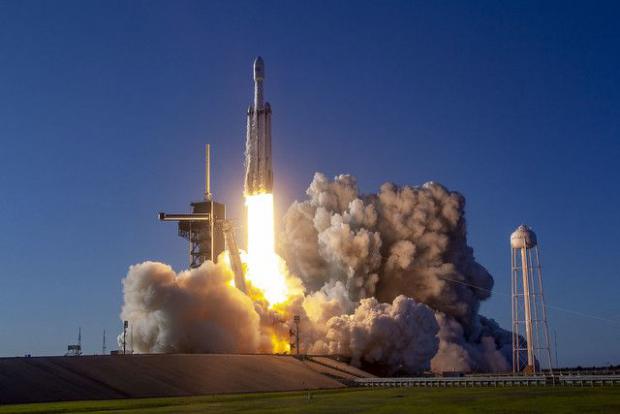
Breaking News
 CDC to end animal testing in groundbreaking decision that will impact hundreds of experiments
CDC to end animal testing in groundbreaking decision that will impact hundreds of experiments
 Once-thriving shopping mall in ailing Democrat-run city is eerily empty on last Sunday before...
Once-thriving shopping mall in ailing Democrat-run city is eerily empty on last Sunday before...
 One-of-a-kind trimaran is set to be pedaled around the world
One-of-a-kind trimaran is set to be pedaled around the world
 Israel Expands Territory With 19 New Settlements In West Bank
Israel Expands Territory With 19 New Settlements In West Bank
Top Tech News
 Perfect Aircrete, Kitchen Ingredients.
Perfect Aircrete, Kitchen Ingredients.
 Futuristic pixel-raising display lets you feel what's onscreen
Futuristic pixel-raising display lets you feel what's onscreen
 Cutting-Edge Facility Generates Pure Water and Hydrogen Fuel from Seawater for Mere Pennies
Cutting-Edge Facility Generates Pure Water and Hydrogen Fuel from Seawater for Mere Pennies
 This tiny dev board is packed with features for ambitious makers
This tiny dev board is packed with features for ambitious makers
 Scientists Discover Gel to Regrow Tooth Enamel
Scientists Discover Gel to Regrow Tooth Enamel
 Vitamin C and Dandelion Root Killing Cancer Cells -- as Former CDC Director Calls for COVID-19...
Vitamin C and Dandelion Root Killing Cancer Cells -- as Former CDC Director Calls for COVID-19...
 Galactic Brain: US firm plans space-based data centers, power grid to challenge China
Galactic Brain: US firm plans space-based data centers, power grid to challenge China
 A microbial cleanup for glyphosate just earned a patent. Here's why that matters
A microbial cleanup for glyphosate just earned a patent. Here's why that matters
 Japan Breaks Internet Speed Record with 5 Million Times Faster Data Transfer
Japan Breaks Internet Speed Record with 5 Million Times Faster Data Transfer
SpaceX completes a hot fire test of its massive Super Heavy rocket [Updated]

Update, 4:45 pm ET: Well, they did it.
At around 3:15 pm local time in South Texas, SpaceX ignited its Super Heavy rocket for a "full duration" test of its Raptor engines. According to SpaceX founder Elon Musk, the launch team turned off one engine just prior to ignition, and another stopped itself. Still, he said 31 of 33 engines would have provided enough thrust to reach orbit. This is a huge milestone for SpaceX that potentially puts the company on track for an orbital test flight during the second half of March or possibly early April.
This is the most engines ignited on a rocket ever. The thrust output of these engines, too, was likely nearly double that of NASA's Saturn 5 rocket or Space Launch System. The good news for SpaceX is that, at least from early views, the launch infrastructure in South Texas looked mostly unscathed.
Original post: After years of preparatory work, SpaceX plans to ignite all 33 of the main engines on its massive Super Heavy rocket booster today. This is the first stage of the company's Starship rocket, which is intended to be fully reusable, to help power NASA's return to the Moon and one day possibly help humans settle on Mars.
Bringing the HEAT ????
— Nic Ansuini (@NicAnsuini) February 9, 2023
-@NASASpaceflight pic.twitter.com/TLeJASNLlV

 Advanced Propulsion Resources Part 1 of 2
Advanced Propulsion Resources Part 1 of 2

